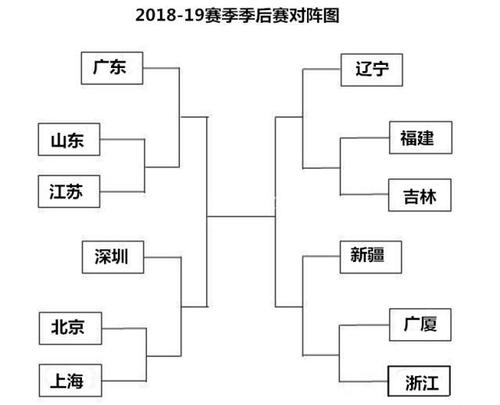Queue diagrams play a crucial role in sports coaching, offering visual representations of player positioning, movement patterns, and strategic formations. Let's delve into how these diagrams are utilized across various sports:
In basketball, queue diagrams depict offensive and defensive setups, including player positions during set plays, such as pickandrolls or zone defenses. Coaches use these diagrams to illustrate spacing, passing lanes, and defensive rotations.
On offense, players may be arranged in queues to execute specific plays effectively. For instance, a "3out2in" queue might indicate three perimeter players and two post players, facilitating ball movement and inside scoring opportunities.

Defensively, coaches utilize queue diagrams to teach players proper positioning, help defenders anticipate offensive movements, and coordinate switches and help defense. A queue illustrating a "23 zone" defense, for example, would highlight the positioning of defenders to protect the paint and contest perimeter shots.
Queue diagrams in soccer demonstrate player positioning during various phases of play, from offensive buildup to defensive organization. Coaches utilize these diagrams to emphasize tactical principles, such as maintaining shape, pressing as a unit, and exploiting space.
During offensive buildup, queue diagrams show players' positions relative to the ball, indicating passing options, support angles, and movement patterns to create scoring opportunities. For instance, a "diamond midfield" queue might illustrate a midfield diamond formation to control possession and facilitate ball circulation.
Defensively, queue diagrams help players understand their roles in different defensive schemes, such as high pressing or low block. Coaches can highlight the positioning of players to limit passing lanes, apply pressure on the ball, and maintain compactness to deny space to the opposition.
In athletics, queue diagrams are commonly used in relay races to illustrate baton exchange zones and optimal running paths. Coaches utilize these diagrams to teach relay teams efficient handovers, proper acceleration zones, and strategies for maintaining speed throughout the race.
Queue diagrams highlight the designated zones for baton exchanges, indicating the approach, exchange, and acceleration phases. Coaches emphasize the importance of precise timing, smooth transitions, and maintaining momentum to maximize relay performance.
For individual sprinters, queue diagrams illustrate ideal running paths based on lane assignments and race strategies. Coaches analyze athletes' stride lengths, acceleration patterns, and curve running techniques to optimize performance and minimize energy expenditure.
Queue diagrams serve as invaluable tools in sports coaching, providing visual representations of player positioning, strategic formations, and movement patterns. Whether in basketball, soccer, athletics, or other sports, coaches rely on these diagrams to enhance tactical understanding, optimize performance, and achieve competitive success.